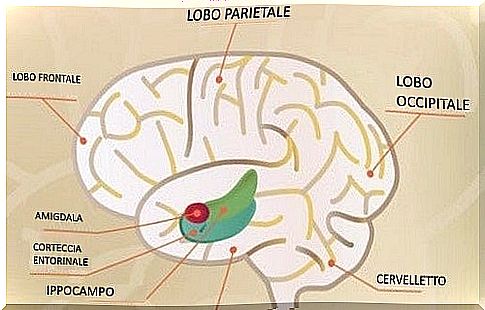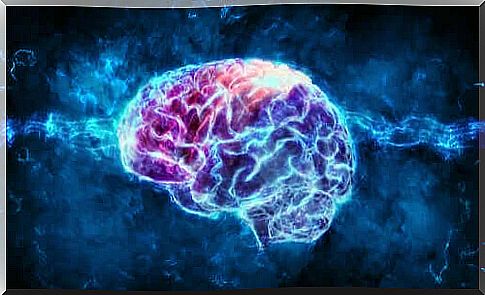Entorhinal Cortex And Memory Consolidation

We have long known that the first warning signs of Alzheimer’s disease originate in the entorhinal cortex, an area directly connected to the hippocampus and fundamental to all processes associated with episodic, autobiographical and spatial memory. It is also the structure that protects our identity and our ability to adapt to the environment.
The neuroscientific advances in recent years regarding Alzheimer’s are promising. We already know that there is an accumulation of the TAU protein in this brain area which promotes slow neurodegeneration. The study published in the Journal of Neuroscience gives us hope.
It has been seen that electrical stimulation to the entorhinal cortex increases the production of dentate granular cells, which are gradually assimilated by the hippocampal networks. That is, neurogenesis occurs, a process that tends to slightly improve the cognitive abilities associated with memory in the subject with Alzheimer’s.
These are small steps forward, no doubt about it. Yet, techniques that rely on non-invasive brain stimulation are yielding noteworthy results nowadays. We invite you to discover the entorhinal cortex in more detail.

Functions of the entorhinal cortex
The entorhinal cortex is an area of the brain located in the medial temporal lobe. It is often defined as the “interface” area, active in the continuous communication process between the hippocampus and the neocortex. We must emphasize that it is divided into two regions: the medial and the lateral.
It is a structure connected to different areas of the brain. For example, it collaborates with the pathways of smell and sight. In addition, it is associated with the temporal, parietal and frontal lobes. As already mentioned, however, its main task is that of bridging with the hippocampus.
It is important to know that interest in the entorhinal cortex arose at the end of the 19th century, thanks to Santiago Ramon y Cajal. During his studies of the functioning of the nervous system, he discovered a particular area of the posterior temporal cortex that immediately caught his attention.
The sheer amount of connections it had with the whole brain proved fascinating. We see in the following lines all the functions of this brain area.
Declarative and spatial memory
To the entorhinal cortex we owe two types of memory: declarative and spatial. This means that the constant connection with the hippocampus allows us, among other things, to assimilate the events that fall within our declarative, episodic and semantic memory.
In this area lies, so to speak, our identity, our inner narrative, our personal history. Moreover, it helps us to orient ourselves in the space that surrounds us, to place ourselves in any scenario.

Emotional memory
The entorhinal cortex sends and receives information to and from the hippocampus, the main structure of the limbic system. Let’s not forget that the latter is also connected to the amygdala, it is therefore inevitable that every memory also has an emotional component. All these processes are integrated and stored in this small, so important structure.
Center of smell
The entorhinal cortex encompasses different parts of the olfactory cortex. In the animal kingdom, and especially in predators, it occupies a larger portion, but in humans and primates only 10% of the olfactory bulb corresponds to the entorhinal cortex.
Nevertheless, it is hypothesized that in humans this connection mainly stimulates the olfactory memory, a sense to which we often associate specific facts of the past and the smells that remind us of them.
The entorhinal cortex and disease
Any anomalies affecting the entorhinal cortex are associated with pathologies of a different nature. The best known is Alzheimer’s disease. Thus, the accumulation of the mutated Tau protein, together with the neurofibrillar clusters it produces, tends to occur mainly in this area.
Studies such as the one conducted by Columbia University Medical Center, and performed by functional magnetic resonance imaging, recognize this area of the brain as the gateway to this devastating pathology. In addition to this, it was possible to verify that the entorhinal deterioration causes cognitive disturbances which, little by little, reduce the volume of the hippocampus. The latter is a typical condition of patients with Alzheimer’s type dementia .
On the other hand , another disease is associated with the entorhinal cortex: schizophrenia. A study conducted by the University of Udine showed a clear reduction of this area in all schizophrenic patients. It mainly affects the right hemisphere, causing a very interesting structural asymmetry.
To conclude, the neuroscientific advances of recent years offer us numerous data on our architecture and brain functions. This is certainly advantageous.
For example, knowing that diseases such as Alzheimer’s and schizophrenia are attributable to the entorhinal cortex helps us to develop suitable strategies to block its course and improve the patient’s life in the future, we hope, not so far away.









